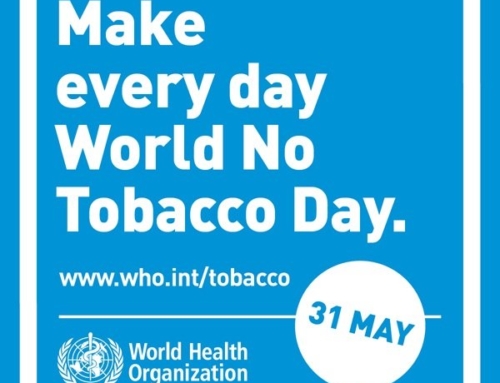Today is Day Four of National Health Education Week: Scaling New Heights, and the theme of the day is Environmental Health. Personal decisions and policy are not the only contributing factors to one’s health – climate change and the environment play a huge role.
Did you know that the CDC tracks various environmental health information? You can find Environmental Public Health (EPH) Tracking data for any county in the United States at this website: https://ephtracking.cdc.gov/InfoByLocation/. The data on this website is visual and easy to read.
Here’s how our service area ranks in the following areas:
Air Quality: Particulate Matter
Air pollution takes on many different forms, one of them being particulate matter.This includes matter that is small enough that it cannot be seen.
Suwannee County had the highest amount of particulate matter air pollution, at 7.9 micrograms of fine particulate matter per cubic meter. Dixie County was the lowest in 2012 with 7.0 micrograms of fine particulate matter per cubic meter. Both of these numbers are lower than the national standard of 12.0 micrograms. When levels are higher than 12, the air quality is more likely to affect residents’ health, leading to breathing issues, worsening asthma and heart conditions, and even contributing to lower birth weights.
Extreme Heat:
In Florida, we are very familiar with extreme heat conditions. However, the health issues that extreme heat can cause should not be taken lightly. Gilchrist & Lafayette counties each had 54 days with maximum temperatures above 90 degrees during May-September 2013. This was about 35% of all of the days recorded. Putnam had the fewest with 27 days, approximately 18%.
When temperatures are above 90 degrees, as they often are during the summer in North Central Florida, it is important to drink plenty of water and be in the shade as much as possible, if you are outside.
Heart Attacks
We don’t typically think of heart attacks as being related to environmental health, but a person’s environment can increase their risk for heart disease. Extreme temperatures and air pollution have been correlated with increased incidence of heart disease and deaths from heart attacks. Marion had the greatest number of deaths from heart attacks in 2015, with 203. Alachua had the second highest number of deaths from heart attacks in 2015, at 50. Both Gilchrist and Lafayette had fewer than 10 heart attack deaths in 2015. Florida had 7,311 heart attack deaths in 2015, one of the highest numbers in the nation.
Access to Parks
Parks are an important part of any healthy community, providing a place for outdoor physical exercise. Marion County residents had the greatest access to parks in our service area, at 13%. 0% of people living in Lafayette County lived within a half mile of a park, and only 1% of people living in Columbia County lived within a half a mile of a park. Florida’s statewide average is 31% of people living within a half a mile of a park. Now that the weather is cooling down, it’s a great time to check out the parks in your area at floridastateparks.org.
Proximity to Highways:
Air pollution from traffic can cause poor air quality, and several health issues have been correlated with traffic-related air pollution. The CDC collects data on how many people live about two blocks from a highway. In 2010, 4.0% of the population of Alachua County lived within 150 meters of a major highway,0% of Suwannee, Union, and Lafayette counties lived within 150 meters of a major highway. Florida’s statewide average is 3.6%.
The CDC also collects data on how many schools are in that same vicinity from a highway, since children from pre-K to fourth grade spend most of their days at school, and are expected to be outside during the day. In 2010, 37.5% of Dixie County public schools were sited within 150 meters of a major highway. In Columbia, Lafayette, Suwannee, and Union, 0% of public schools were within 150 meters of a major highway. Florida’s statewide average is 3.2%.
While SRAHEC doesn’t usually tackle environmental health issues in our service area, we can help educate residents of these counties about their environment. Several conferences organized by our professional education department focus on environmental health, especially in rural areas. Although rural counties typically don’t experience the same levels of air pollution as urban areas, their health outcomes can often be worse due to other environmental health factors such as smoking, heart attacks, and access to parks and walkable areas. Here at SRAHEC, we use data to understand the needs of the different populations we serve.
All data is from the CDC Environmental Public Health Tracking Network at ephtracking.cdc.gov.







